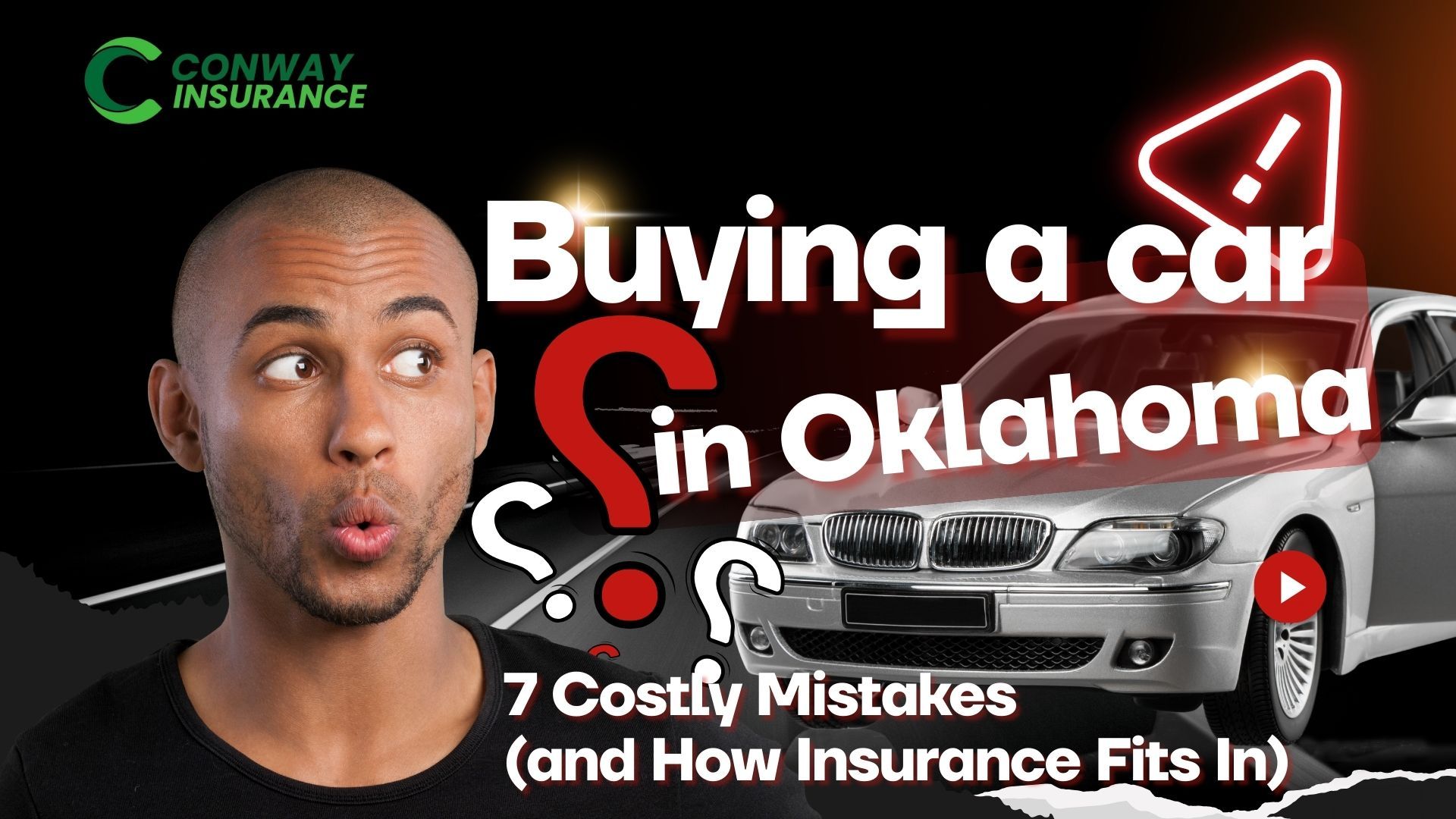Why Has My Insurance Rate Increased!!!!
A significant rate increase can be scary and frustrating. You might be wondering why your premiums are going up. My goal is to help you better understand insurance rate increases.
- The severity and frequency of storms are increasing, resulting in higher claims and loss ratio.
- Inflation affects materials, labor, medical costs. The insurance companies may adjust their premiums to keep up with inflation and make sure they have enough money to cover future claims.
- New and increasing risks are emerging, such as cyber security threats driving claims up.
- Cars are not just more expensive to repair due to inflation in material and labor costs but because of cameras, computers, sensors, and other technology.
- Regulations like minimum coverage levels and mandated benefits can affect insurers' pricing. As a result of new regulations, policyholders may pay more.
- Premiums paid by the insured are invested by the carrier to generate income, which offsets operating costs and claims payouts. To stay profitable, insurers might raise premiums during economic downturns.
- Reinsurance lets the insurance carriers transfer some of their risk to other companies. Depending on market conditions, catastrophic events, and the perceived level of risk in the insurance industry, reinsurance costs can go up or down. To offset reinsurers rate increases, carriers may pass off these increase to the policyholders by raising premiums.
- Insurance companies evaluate their underwriting criteria and pricing models constantly to assess risk and set premiums. If insurers see underpriced risks or adverse loss trends, they may revise their underwriting guidelines and/or raise rates.
Although a significant rate hike can be tough, you can manage insurance costs by doing these things:
- Compare quotes from multiple insurance companies.
- Ask about credits and discounts such as affiliation credits, telematics, good grades, defensive driving courses, and low mileage.
- Choose the right coverage and deductibles for you and your family's needs and exposures.
- Insurance companies often give discounts when you bundle auto and homeowner's policies.
- Install safety devices, maintain a clean driving record, or put property security measures in place to reduce your risk profile.
Rate increases are influenced by a lot of things, including claims costs, regulatory changes, and economic conditions. Understanding these dynamics and exploring cost-saving measures can make you a better insurance buyer and help you make informed decisions to protect yourself and your assets. Don't hesitate to contact your insurance agent or company if you have any questions or concerns about your premiums.
Recent posts



